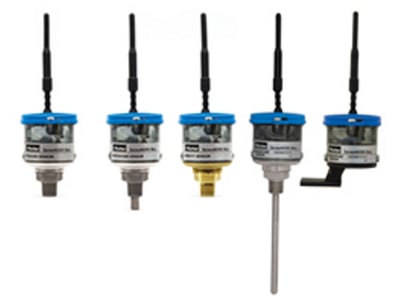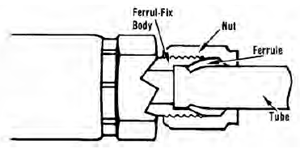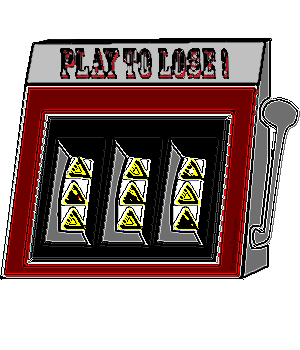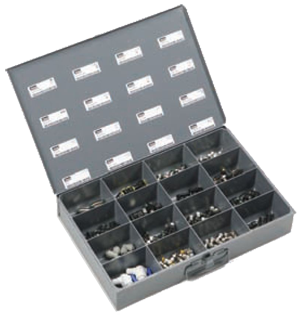
Table of Contents
- Studies show Americans lose an average of 1-2 hours per day searching for missing items in messy files, closets and disorganized stacks.
- Americans waste 9 million hours per day searching for lost or misplaced items.
- Buying duplicate or last minute supplies because of disorganization can cost a business up to 20% of it's annual budget.
If people in your shop spend an hour per day looking for parts, how much time and money does your organization lose each year? Assuming 48 work weeks per year, and one hour per day spent looking for parts, the productive time lost is 240 hours per worker per year. So for a shop with just 10 mechanics, this amounts to 2,400 hours of lost productivity every year.
According to payscale.com, 2013 pay for industrial mechanics averages between $14 and $27 per hour. So at $20/hr, the 10-mechanic shop is losing about $48,000 in productivity each year.
7 Tips for Organizing Parts to Save Time & Money:
- Organize your parts in bins – mark the bins with part descriptions, part numbers, and pictures of parts. This way, it is easy to find parts at a glance, and to place/replace parts in the correct spot.
- When deciding how to organize the parts, think about how mechanics look for parts. Are there certain parts that are frequently used at the same time? Place them next to each other. For example, you could place a bolt, nut and washer of the same size in three adjacent bins.
- Keep it logical, intuitive, and consistent – In the above “bolt-nut-washer” scenario, always put the parts in the same order. For example, you would put 1/4” bolt first, then 1/4” nut, than 1/4” washer in that order. The next three bins would contain 3/8” bolt, 3/8” nut, and 3/8” washer – in the same order. You could guess that the next three bins would be 1/2” bolt, 1/2” nut and 1/2” washer – in that order, because it is consistent and intuitive.
Motion & Flow Control Products, Inc. sells a variety of adapters at our stores. And, no matter which type of adapter you are looking for (JIC, ORFS, O-ring boss, flange adapter…) each section is organized the same. We start with the small sizes, and move to larger sizes. In each size, we start with a straight configuration, then move to 45° elbows, 90° elbows, then tees and finally crosses. You get the idea how this system can adapt to pretty much any scenario. - Use bin carts – Mechanics and maintenance personnel can roll the whole cart to the area where the parts are used. They will save time by not having to walk back and forth between the equipment they are working on, and the part bins.
- If using carts is impractical (parts do not fit on a cart, multiple people need access, etc.), locate the part bins in a central location to limit the distance between the parts and work stations.
- Organize the parts by type of job they are used for – For example, you may need certain couplings and fasteners to maintain a mold in the injection molding shop. Mold coolant couplings may get broken off during transfer from a press to a storage area. You could save time on mold repair by storing all mold coolant couplers, fasteners, plus any tools used for the job on the same cart, or in the same area.
- Make a list of parts you need for a job and only retrieve parts one time.
Whatever organization system you put in place, share it with your crew. Better yet, involve your crew in coming up with the system in the first place. They know what works best on the floor. Also, people are much more likely to follow rules they help create, rather than rules that are imposed upon them.
There is no better time to get organized than now – the sooner you begin, the sooner you can reap the benefits from increased productivity.
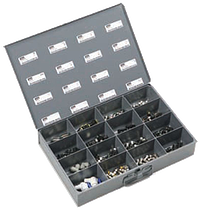 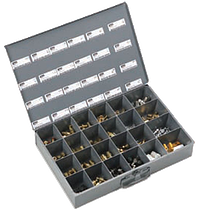
|
Posted by Marek Bobik


